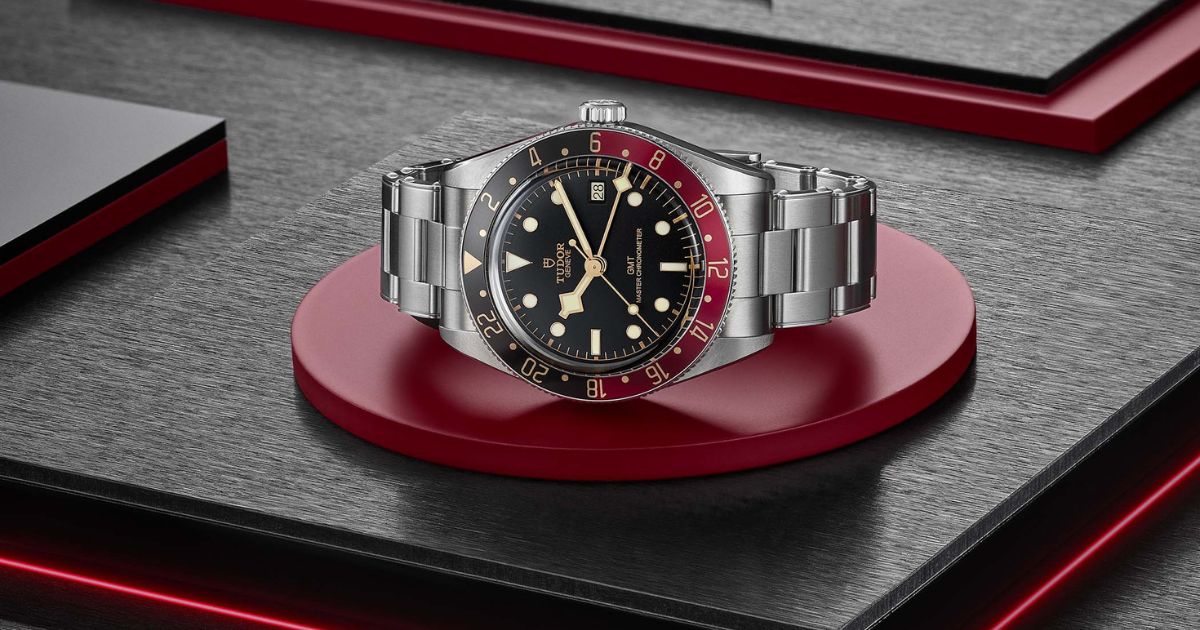Watches have evolved from simple timekeeping devices to complex instruments with multiple functions. One of the most popular and widely recognized watch complications is the chronograph. But what exactly is a chronograph, and how does it work?
What Is a Chronograph?
A chronograph is a type of watch that includes a built-in stopwatch function. This means it can measure elapsed time in addition to displaying the current time. Chronographs are commonly used in aviation, motorsports, diving, and other fields where precise time measurement is crucial.
While all chronographs are watches, not all watches are chronographs. A standard watch tells the time, while a chronograph has additional dials (called sub-dials) and buttons that allow the user to start, stop, and reset a stopwatch function.
How Does a Chronograph Work?
A chronograph operates using a system of gears, levers, and pushers that control a separate timing mechanism within the watch movement. Here’s how it works:
- Start – Pressing the top pusher (usually located at 2 o’clock) starts the chronograph hand, which begins measuring elapsed time.
- Stop – Pressing the same pusher again stops the timing. The hand remains in place until it’s reset.
- Reset – Pressing the bottom pusher (at 4 o’clock) resets the chronograph hand to zero, ready for the next timing session.
Components of a Chronograph
A chronograph watch typically consists of the following parts:
- Main dial – Displays standard hours, minutes, and seconds.
- Chronograph hand – A large central hand that moves only when the stopwatch function is activated.
- Sub-dials – Smaller dials that measure elapsed time, such as minutes or hours.
- Pushers – Buttons on the side of the case that control the stopwatch function.
Types of Chronographs
Chronographs come in various types, each with unique features:
- Simple Chronograph – A basic chronograph with start, stop, and reset functions.
- Flyback Chronograph – Allows the user to reset and restart the timer with a single push, useful for pilots.
- Rattrapante (Split-Second) Chronograph – Has two chronograph hands that can be stopped independently to measure multiple events at once.
Mechanical vs. Quartz Chronographs
Chronographs can have mechanical or quartz movements:
- Mechanical Chronographs – Use a complex system of gears and springs, often powered by a manual or automatic movement. These are highly valued for craftsmanship and tradition.
- Quartz Chronographs – Use a battery-powered quartz movement for more accurate and affordable timekeeping.
Why Own a Chronograph?
Chronographs are not just functional tools; they are also stylish and versatile. Whether you’re timing a race, tracking workouts, or simply appreciating fine watchmaking, a chronograph watch is a great addition to any collection.






